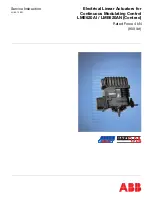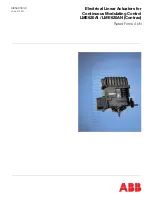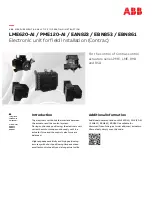
3.7
An overview of the principle of operation of the safety functions
3.7.1
Safe Torque Off (STO)
What is the effect of the STO safety function?
The inverter with active STO function prevents energy supply to the motor. The motor can no
longer generate torque on the motor shaft.
Consequently, the STO function prevents the starting of an electrically-driven machine
component.
Table 3-2
The STO principle of operation as overview
Safe Torque Off (STO)
Standard inverter functions linked with STO
1. The inverter identifies when STO is selected via
a fail-safe input or via PROFIsafe.
---
2. The inverter prevents the energy supply to the
motor.
If you use a motor holding brake, the inverter
closes the motor holding brake.
If you use a line contactor, the inverter opens the
line contactor.
3. The inverter signals "STO is active" via a fail-
safe digital output or via PROFIsafe.
---
6SHHG
6HOHFW672
672LVDFWLYH
6HOHFW672
672LVDFWLYH
6SHHG
W
W
W
W
W
W
%
$
Figure 3-1
Functionality of STO when the motor is at standstill (A) and rotating (B)
If the motor is still rotating (B) when STO is selected, it coasts down to standstill.
The STO safety function is standardized
The STO function is defined in IEC/EN 61800-5-2:
"[…] [The inverter] does not supply any energy to the motor which can generate a torque (or
for a linear motor, a force)".
⇒ The STO inverter function conforms to IEC/EN 61800-5-2.
6HOHFW
672
672LV
DFWLYH
Description
3.7 An overview of the principle of operation of the safety functions
Safety Integrated - SINAMICS G110M, G120, G120C, G120D and SIMATIC ET 200pro FC-2
Function Manual, 01/2017, FW V4.7 SP6, A5E34261271B AD
31
















































